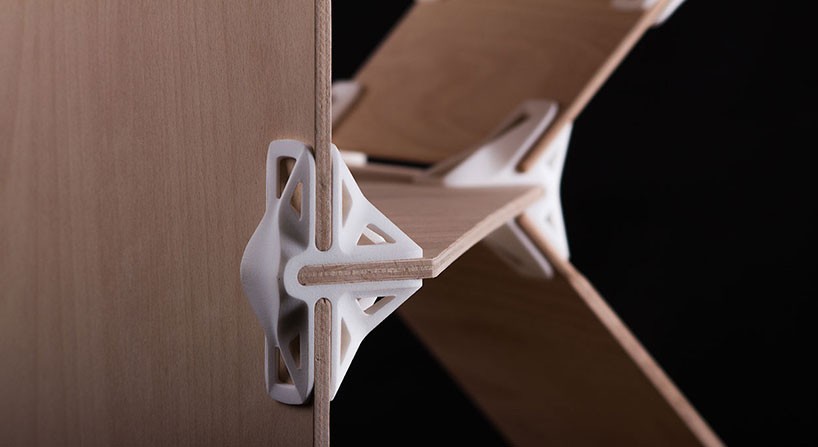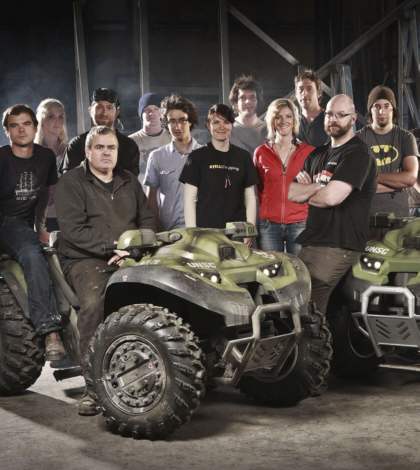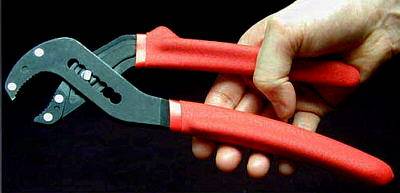Marc Newson has worked across a wide range of design disciplines to create furniture, consumer goods and interiors for clients in the US, Europe and throughout Asia. His customers have been as varied as to include Alessi, Capellini and even Apple Computers. From posh restaurant interiors to unique product packaging to swanky furniture, Newson’s designs are renowned for innovation and creativity. His labels can be found on Helice lamps for Flos, packaging for Shisheido’s Basala perfume, and watches from the Pod Watch Company. In addition, his work is exhibited at New York’s Museum of Modern Art and London’s Design Museum.
Newson and his creative team use a range of Autodesk products to help translate design concepts to reality. From the beginning, his company has strived to create a structure based on state of the art technology that allows Newson to spend his time actually being a designer rather than a computer technician.
 The first strategic decision made by the company was to establish a technological platform that would allow the team to accurately translate Newson’s designs into viable prototypes and databases. By implementing a system that utilises three Autodesk products, Marc Newson Ltd. Has implemented a package that facilitates the complete design process—Sketch to Success. Newson initiates his concepts using traditional hand sketches. These concepts, brought to life with just a few pencil strokes, are then rapidly transferred to Mechanical Desktop where measurements and technical details are precisely determined. Within just hours, the sketches are transformed to a full 3D CAD model, including physical properties such as mass and volume. Each appropriately scaled model is reviewed and refined by Newson. In turn, that means that the design can be proven before it is manufactured and before there is irreversible and usually high costs associated with tooling, mold making, and manufacturing setup.
The first strategic decision made by the company was to establish a technological platform that would allow the team to accurately translate Newson’s designs into viable prototypes and databases. By implementing a system that utilises three Autodesk products, Marc Newson Ltd. Has implemented a package that facilitates the complete design process—Sketch to Success. Newson initiates his concepts using traditional hand sketches. These concepts, brought to life with just a few pencil strokes, are then rapidly transferred to Mechanical Desktop where measurements and technical details are precisely determined. Within just hours, the sketches are transformed to a full 3D CAD model, including physical properties such as mass and volume. Each appropriately scaled model is reviewed and refined by Newson. In turn, that means that the design can be proven before it is manufactured and before there is irreversible and usually high costs associated with tooling, mold making, and manufacturing setup.
 Although Newson’s products are often targeted at an elite market, he feels that even designs for the mass market will need to become more creative to satisfy the increasingly sophisticated needs of the consumer. Now there is affordable technology to allow this to happen and help 2D designers move comfortably into the productivity-rich world of 3D design.
Although Newson’s products are often targeted at an elite market, he feels that even designs for the mass market will need to become more creative to satisfy the increasingly sophisticated needs of the consumer. Now there is affordable technology to allow this to happen and help 2D designers move comfortably into the productivity-rich world of 3D design.
“Many of our clients use outdated 2D design programs. As a designer, the benefits of being presented with a 3D prototype for final adjustments can never be underestimated, giving the scope for increased creativity. The Autodesk solution also allows us to control and influence the way our products are manufactured. We supply the manufacturers with a database to modify and verify, which is then returned to us to correct the 3D version. This process ensures that the final product looks as close to the original design as possible.”








